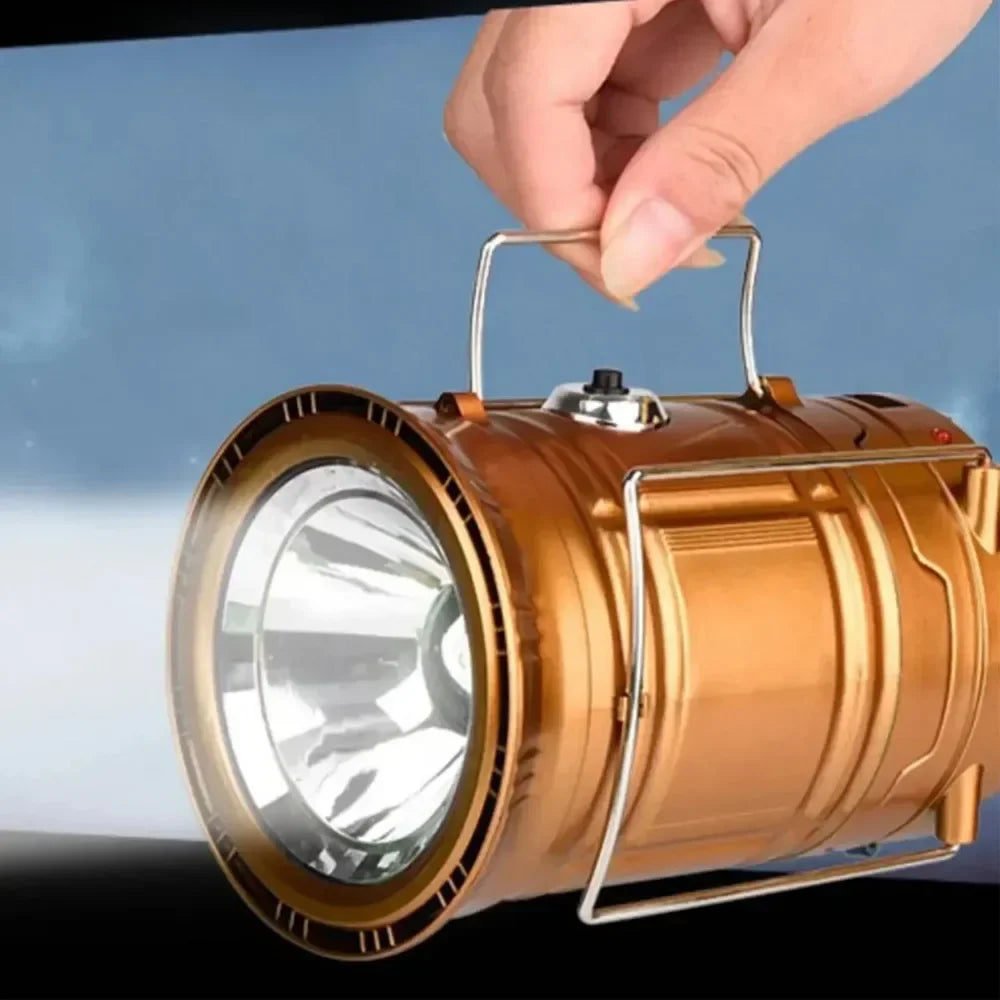
The Complete Guide to Choosing the Right Camping Equipment
Share
Getting outdoors has never been more popular. With the camping equipment market booming toward $27.7 billion by 2033 and over a third of people camping annually, there's clearly something magical about sleeping under the stars. But with endless gear options available, how do you choose equipment that actually enhances your adventure rather than weighing you down?
Whether you're planning your first camping trip or upgrading worn-out gear, this guide will help you make smart decisions that match your style, needs, and budget.
Know Your Camping Style First
The biggest mistake new campers make? Buying gear before understanding how they'll actually use it. Your camping style determines everything else.
Car Camping: Comfort is King
Perfect for families and beginners, car camping lets you bring the kitchen sink—literally. You can prioritize comfort over weight since your vehicle does the heavy lifting. Think spacious tents, camp chairs, coolers, and even portable generators.
Backpacking: Every Ounce Matters
When your gear lives on your back, weight becomes everything. Backpackers need lightweight, compact equipment that multitasks. A $300 ultralight tent might seem expensive until you're carrying it 10 miles uphill.
Glamping: Luxury Meets Nature
Glamping bridges the gap between camping and hotels. While you might not need basic shelter, you'll want premium comfort items and amenities that elevate the experience.
Key questions to ask yourself:
- How long are your typical trips?
- What seasons will you camp in?
- How many people will you accommodate?
- What's your transportation situation?
The Big Three: Shelter, Sleep, and Storage
Shelter: Your Home Away from Home
Tents dominate the market for good reason—66% of campers choose them. But not all tents are created equal.
Budget Breakdown:
- Entry-level ($50-150): Basic protection for fair weather camping
- Mid-range ($150-300): Better materials and weather resistance
- Premium ($300-800+): Top-tier durability and specialized features
What to look for:
- Season rating: Three-season tents handle spring through fall; four-season tents tackle winter conditions
- Waterproof rating: Aim for at least 1500mm hydrostatic head—higher for harsh conditions
- Ventilation: Prevents condensation buildup on those humid nights
- Setup time: Practice in your backyard before heading out
Pro tip: Test your tent's waterproofing with a garden hose before trusting it in a downpour.
Sleep Systems: Because Nobody Camps for Bad Sleep
A miserable night's sleep can ruin an entire trip. Invest here.
Sleeping Bags: Modern sleeping bags use standardized temperature ratings (EN 13537/ISO 23537), so you can actually trust the numbers. Down insulation offers the best warmth-to-weight ratio but loses insulating power when wet. Synthetic insulation weighs more but performs better in damp conditions.
Budget range: $40-400, depending on temperature rating and materials.
Sleeping Pads: The ground sucks heat from your body faster than air does. R-value measures insulation—higher numbers mean better insulation. For three-season camping, look for R-values around 3-4.
Storage: Organizing Your Mobile Life
For backpackers, your pack is your lifeline. Weekend trips need 30-50 liters; week-long adventures require 50-70 liters. Internal frames offer better weight distribution, while external frames provide easier access to gear.
For car campers, focus on organization over weight. Modular storage systems, coolers, and gear containers keep everything accessible.
Quality Indicators That Actually Matter
Materials Science
Today's camping gear benefits from aerospace-level materials. Dyneema offers incredible strength-to-weight ratios. Ripstop nylon prevents small tears from becoming big problems. These aren't just marketing terms—they represent real performance advantages.
Construction Details
Check seam construction and stress point reinforcement. Quality zippers with storm flaps keep weather out. YKK zippers cost more but rarely fail when you need them most.
Certifications Worth Trusting
- ISO 5912:2020 for tent safety standards
- CPSIA compliance for children's gear
- REACH regulations ensure chemical safety
Smart Shopping Strategy
Where to Buy
Specialty outdoor retailers provide expertise and proper fitting services. Staff who actually use the gear offer valuable insights you won't get elsewhere.
Online platforms offer competitive pricing and wider selection, but you lose the hands-on experience.
Timing matters: End-of-season sales offer significant savings. Buy winter gear in spring, summer gear in fall.
Budget Priority Framework
Invest heavily in:
- Shelter system (tent, tarp, or hammock setup)
- Sleep system (bag and pad combination)
- Primary pack or storage solution
- Reliable cooking system
Save money on:
- Clothing (existing outdoor clothing often works)
- Accessories and gadgets
- Items you'll use occasionally
Consider renting first for expensive, specialized gear you'll use infrequently.
What's Coming Next
The camping industry embraces innovation while respecting tradition. Watch for:
- Sustainable materials replacing petroleum-based fabrics
- Smart integration without unnecessary complexity
- Modular designs that adapt to different trip types
- Enhanced weather protection as climate patterns become more unpredictable
Your Action Plan
Before you buy anything:
- Define your camping style and typical conditions
- Set a realistic budget with priorities identified
- Research thoroughly using multiple sources
- Test when possible through rentals or friends' gear
- Start with essentials and build your kit over time
Remember: The best gear is the gear you'll actually use. A $50 tent you take on monthly adventures beats a $500 tent gathering dust in your garage.
Great camping equipment enhances your outdoor experience, provides reliable protection, and adapts to your evolving needs. Focus on quality for items critical to safety and comfort, be strategic about everything else, and don't let gear paralysis keep you from getting outside.
The perfect camping setup isn't about having the most expensive gear—it's about having the right gear for your adventures. Start simple, learn what works, and upgrade thoughtfully as your experience grows.
Now stop reading and start planning your next adventure. The trails are waiting.
